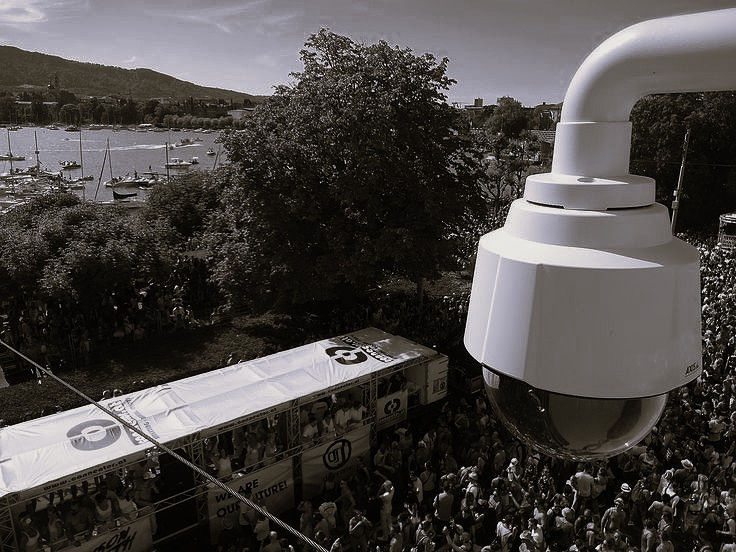How Audio-Visual Design Solves the Problem of Rapidly Outdated Technology
- PPSGroup
- Sep 11
- 3 min read
Technology cycles move quickly. For more than half a century, rapid obsolescence has defined the IT and AV industries, with new advancements rendering systems outdated every few years. This constant upgrade cycle can be costly and disruptive. However, strategic audio-visual design offers a sustainable alternative - particularly in Saudi Arabia’s rapidly evolving digital landscape - by building flexible systems that adapt as technology advances.

How Strategic Audio-Visual Design Changes the Game
Unlike traditional AV installations, professional audio-visual design is not about simply deploying the latest hardware. Instead, it focuses on creating future-ready architectures designed to evolve alongside technological change.
The foundation lies in modular design principles:
Independent modules replace tightly integrated systems, reducing dependency between components.
Displays can be upgraded without replacing the entire control system.
New communication protocols can be introduced by updating interface modules rather than rewiring infrastructure.
This modular approach minimizes disruption and significantly extends system lifespan, protecting organizations from the cycle of rapid obsolescence.
Future-Proofing Through Smart Infrastructure Planning
Effective audio-visual design begins with robust infrastructure planning - the backbone that enables flexibility and longevity. In Saudi Arabia’s fast-paced construction sector, this stage is particularly critical.
Data capacity planning: Bandwidth requirements that appear excessive today will be standard tomorrow, particularly with immersive audio environments and advanced visualization systems.
Power distribution flexibility: Modern AV components demand diverse power specifications compared to legacy systems. Designing adaptable electrical infrastructure ensures smooth integration of future technologies.
By investing in infrastructure today, organizations avoid expensive overhauls tomorrow.
The Saudi Arabia Advantage: Global Standards, Local Expertise
Saudi Arabia’s drive to become a global technology leader provides organizations with access to both international standards and local expertise. Professional audio-visual design services in Saudi Arabia blend global best practices with region-specific knowledge, ensuring systems perform reliably in the Kingdom’s climate while integrating seamlessly with widely used business platforms.
The Kingdom’s emphasis on smart city development further enhances the value of audio-visual systems. Conference rooms and collaboration platforms can now connect directly with municipal services, building automation systems, and transportation networks - positioning businesses at the heart of Saudi Arabia’s digital transformation.
Real-World Applications Across Key Sectors
Oil and EnergyMission-critical communication requires reliability above all. AV solutions for this sector emphasize ruggedized systems, redundancy, and operational continuity.
HealthcareHospitals and clinics demand AV systems that support telemedicine, advanced imaging, and collaborative diagnosis while maintaining regulatory compliance and data privacy. Integration with medical equipment is essential.
EducationSchools and universities are adopting AV systems that support hybrid instruction, distance learning, and collaborative projects. Solutions must be both intuitive for educators and powerful enough to deliver high-quality digital learning experiences.
Smart Investment Decisions for Long-Term Value
The true value of audio-visual design lies not in the initial purchase price but in the total cost of ownership. Professional design ensures organizations account for:
Maintenance and service requirements
Scalability and upgrade paths
Training for staff and end-users
Eventual system replacement planning
In Saudi Arabia’s rapidly expanding economy, organizations that adopt flexible, future-proof AV infrastructure can capitalize on new opportunities without being hindered by outdated systems or costly replacement cycles.
Conclusion
Strategic audio-visual design provides a critical solution to the challenge of rapid technological obsolescence. By emphasizing modularity, infrastructure readiness, and integration with broader digital ecosystems, organisations in Saudi Arabia can achieve both resilience and scalability.
As the Kingdom continues its digital transformation, investments in professionally designed AV systems will ensure businesses remain competitive, adaptable, and prepared for the future.





Comments